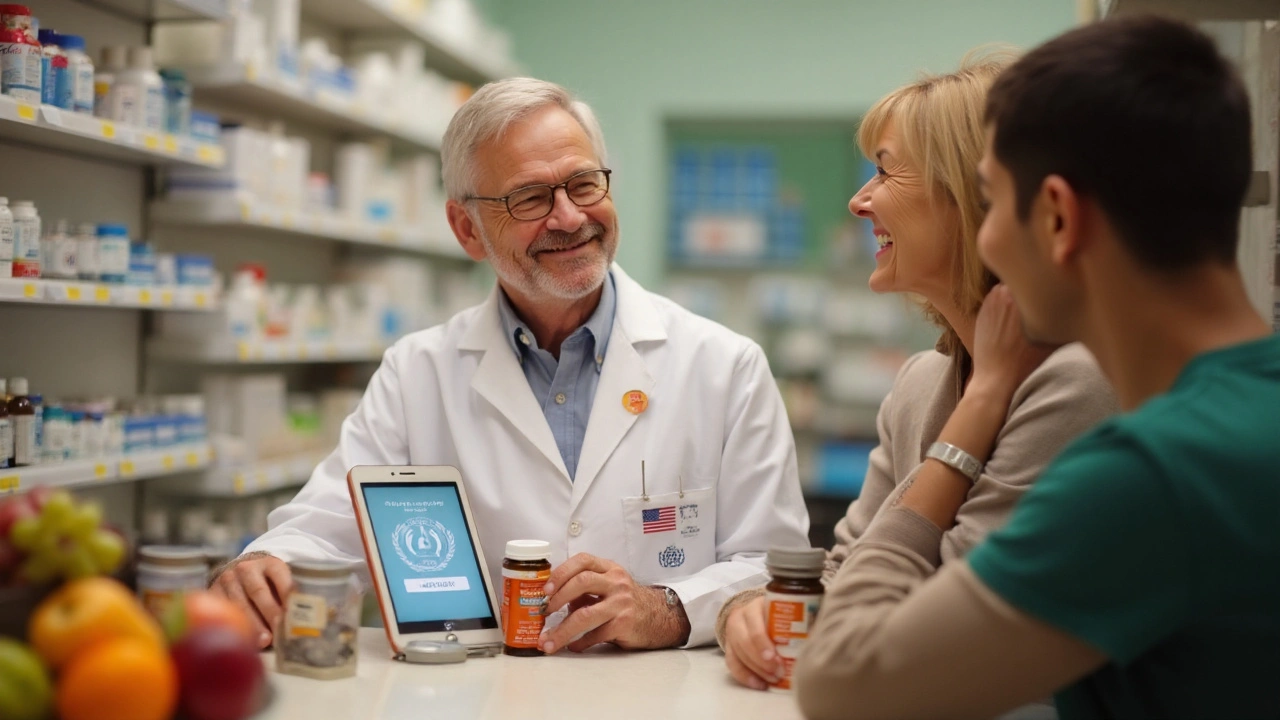Cowboy's Weapon of Choice: The Revolver that Dominated the Wild West
October 22 2025Dosage Safety: Simple Steps to Take Your Medicine the Right Way
Getting the dosage right can be the difference between a quick recovery and unwanted side effects. Most people think it’s enough to just swallow a pill, but when you add timing, food, and other meds into the mix, things get tricky. Below are the basics you need to follow every day so your medicine works the way it should.
Know When to Take It
Doctors prescribe specific times for a reason. Some drugs work best on an empty stomach, while others need food to prevent stomach irritation. Check the label: "take with food" means a meal, and "take on an empty stomach" usually means 30 minutes before or two hours after eating. Setting a phone alarm or using a pill organizer can keep you on schedule without guessing.
Measure the Dose Accurately
Liquid meds need a proper measuring device—never use a kitchen spoon. A syringe or a marked cup gives the exact amount the doctor ordered. For tablets, don’t split pills unless the label says it’s safe. Cutting a pill that’s not scored can change how fast the drug releases, leading to too much or too little in your system.
Another common mistake is forgetting about “loading doses.” Some prescriptions start with a higher dose for a few days, then drop to a maintenance level. Skipping the loading phase can make the treatment less effective, while continuing it too long can cause toxicity. Keep the original prescription sheet handy and ask your pharmacist if you’re unsure.
Interactions are a hidden danger. Over‑the‑counter pain relievers, herbal teas, and even certain foods can alter how your medication is absorbed. For example, grapefruit juice can boost the level of some heart meds, increasing side‑effects. When you start a new supplement or diet change, double‑check with a pharmacist or your doctor.
If you miss a dose, don’t double‑up unless your doctor tells you to. Take it as soon as you remember, but if it’s almost time for the next dose, skip the missed one and continue as normal. Doubling up can push the dosage into a risky range, especially with drugs that have a narrow safety window.
Storage matters, too. Heat, light, and humidity can break down medicines, making them weaker or even harmful. Keep pills in their original bottle, away from the bathroom or kitchen counter. Some liquids need refrigeration; if the label says "store below 25°C," a pantry shelf isn’t enough.
Finally, keep a written list of every prescription, dose, and timing. Share it with family members or caregivers. When you travel, bring a copy of the prescriptions and the list so you can refill if needed. A clear record cuts down on confusion and ensures you always have the right dose handy.
By following these easy steps—checking timing, measuring precisely, watching for interactions, handling missed doses smartly, storing properly, and keeping a medication log—you’ll boost safety and get the most out of every prescription.
 19 Sep
19 Sep
How to Take Vitamins Correctly: Pharmacist Tips for Safe Absorption
Get pharmacist‑backed guidance on the right way to take vitamins, from timing and food combos to safety tips and common pitfalls.
Read More...




